Struggling to choose between a wet ball mill and a dry ball mill? Our in-depth guide breaks down the differences, advantages, disadvantages, and key applications to help you make the right decision for your material processing needs. A ball mill is a type of grinder used to grind materials into extremely fine powder. Depending on the the ball mill working way , there are the dry type grinding process and wet type grinding process.
In the dry process, a ball mill grinds the raw material without water, and the final product is known as a dry powder. In the wet process, a ball mill grinds the raw material with water, and the final product is known as a slurry or a wet powder. So what are the differences between dry and wet ball mills? How should we choose when we choose?
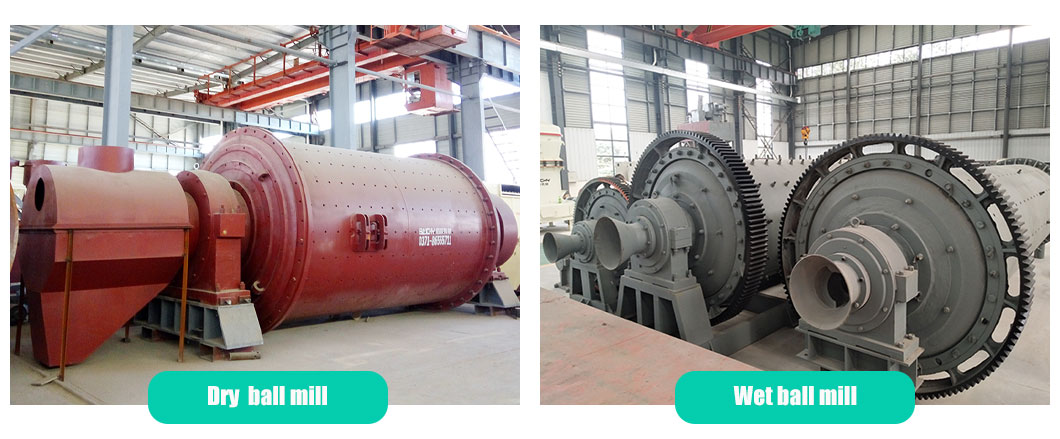
1. Difference in discharging way
Both working principle of dry and wet ball mills are same. However, the discharge methods are different. The discharge port of the dry ball mill is straight and adopts the grate plate type to discharge materials evenly. While the wet ball mill discharge port is trumpet-shaped, and the built-in screw device is convenient for discharging materials.
2. Difference of auxiliary equipment
During dry ball mill working process, dust will be generated because there is no liquid added. Pipe, dust collector and other auxiliary equipment are a must to avoid dust pollution. While wet ball mill does not need to add auxiliary equipment.
3. Differences in grinding media
Dry ball mills only need to add steel balls, and wet ball mills need to add liquid to participate in grinding process except steel balls. The commonly used ratio is steel balls: materials: water = 4: 2: 1. However, the properties of different materials are different, and the actual ratio will be adjusted on this basis, which needs to be determined through beneficiation tests.
4. Differences in application
Dry ball mill requires the material must be dry and must not contain water. It is suitable for materials such as cement and building stones that will produce other substances when exposed to water. Wet ball mill requires that the material cannot be changed when it meets water. So wet ball mill is used most in ore dressing plant.
Advantages of dry ball mill and wet ball mill
The main difference between dry ball mill and wet ball mill are clearly from above four aspect. Here we will learn their respective advantages.
Dry ball mill: It adopts the grate plate forced discharge method. The discharged material is uniform and smooth. There is no grinding phenomenon. It wears less on liner and grinding media during the fine grinding process with long service time. The ball mill failure rate is low too. However, due to the reason of the cylinder, the dry ball mill occasionally forms a dead angle, and the material is not easy to be ground in the dead angle.
Wet ball mill: Because there is liquid involved in the grinding process, there is no situation that the material cannot be ground into the dead angle. And the grinding efficiency is high, the scope of application is wide. And the environment will not be polluted by dust. The wet ball mill is harmful to the material. Stronger adaptability, large crushing ratio, continuous production, easy adjustment of abrasive fineness, low requirement for ore moisture content, simple material transportation device, and its investment cost is about 5%-10% lower than that of dry ball mill. However, if the material after wet grinding has to be dried, it will increase the cost.
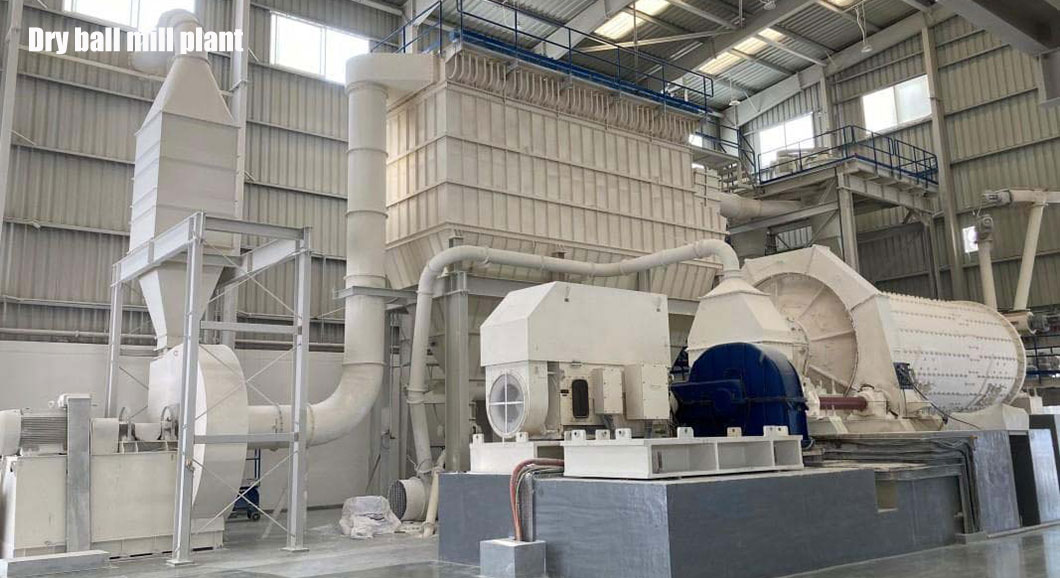
How to choose dry and wet ball mills
If you have difficulty in choosing between dry and wet ball mills, it is recommended that you first consider the nature of the material and decide suitable grinding method.
When the material encounters water and will not affect the quality of the final product, and the selected ore requires finer particle size and higher requirements for sorting, a wet ball mill can be considered. The wet ball mill has a wide range of applications and can be used to process various metal and non-metallic minerals, such as gold ore, silver ore, copper ore, iron ore, phosphate rock, molybdenum ore, feldspar ore, fluorite ore and so on.
Dry ball mills can be considered if the material reacts physically or chemically with water (such as cement, clinker, limestone, gypsum, marble and other building stones), or if the material needs to be stored or sold in the form of fine powder.
In addition, for some arid areas, water resources are relatively scarce, and dry ball mills can be used for water conservation.
From above, we know only by finding out the suitable grinding method, ball mill can run efficiently and high quality. Both types of ball mill grinding equipment have their own advantages. We have professional ball mill engineers and could give good suggestion to help you to choose suitable ball mill machines. Welcome to contact us any time.
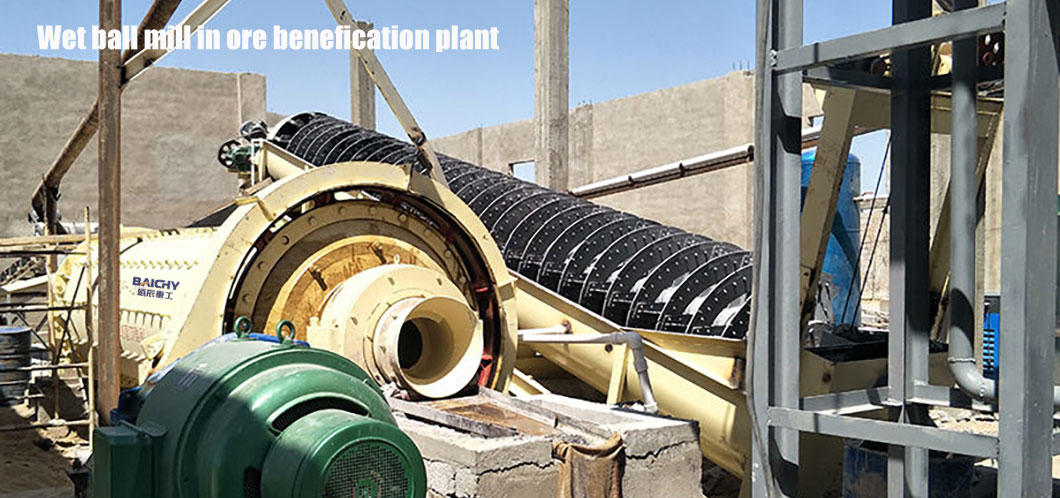
People Also Frequently Asked Quetion-FAQ:
1.What are the different types of ball mills?
Different types of ball mill: dry ball mill, wet ball mill, attrition mill, SAG ball mill, rod mill.
2.What is dry and wet grinding in mineral processing?
In general, dry grinding uses particle-on-particle impacts to reduce size, while wet grinding involves dispersing the raw material in a liquid and circulating the resulting slurry to smash particles against solid grinding media to reduce their size.
3.How does ball mill work?
Ball mills work by using balls to grind materials. As the ball mill rotates, the balls bounce around while striking the enclosed material. The force of these strikes helps to grind the material into a finer, less-coarse medium.







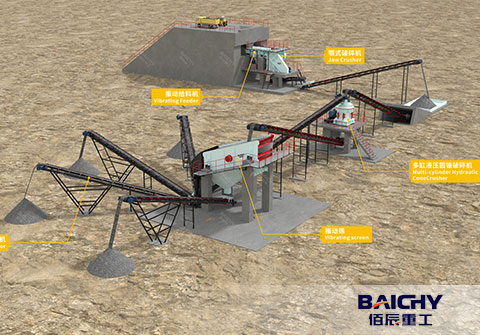
 2025-11-17
2025-11-17
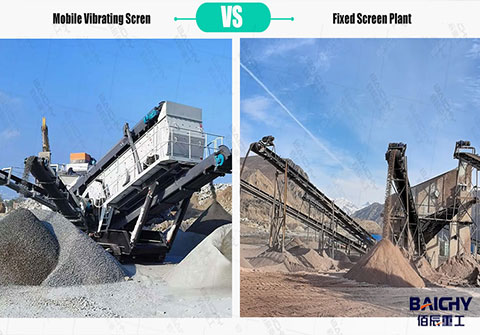
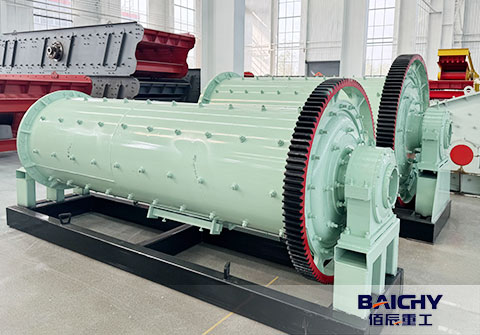
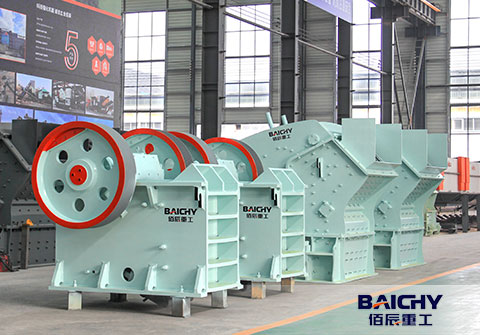
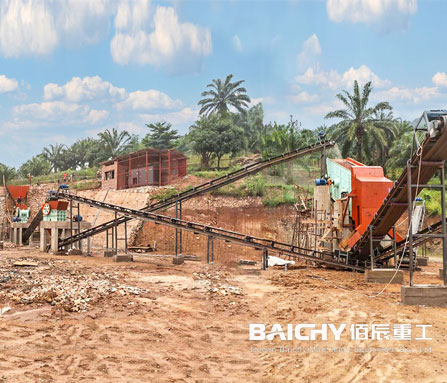
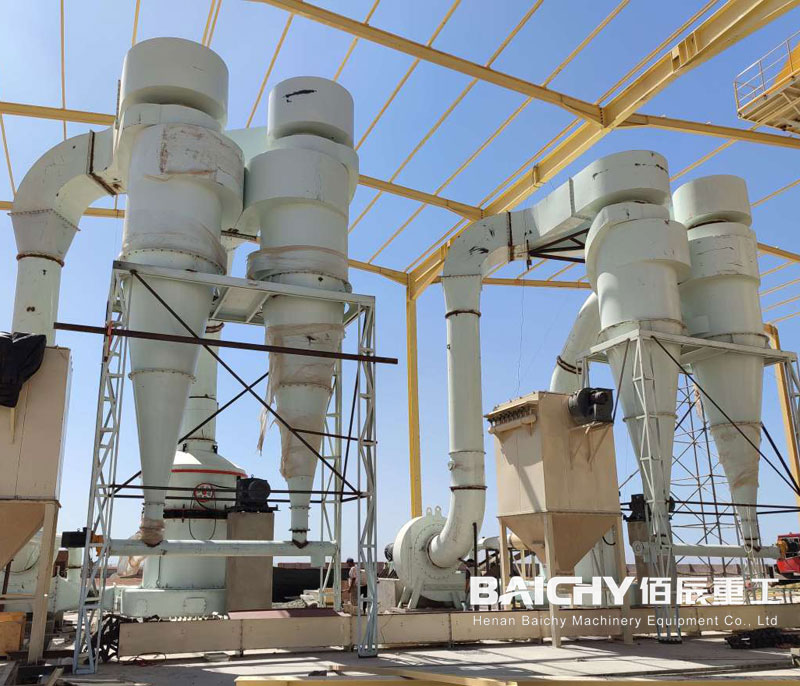
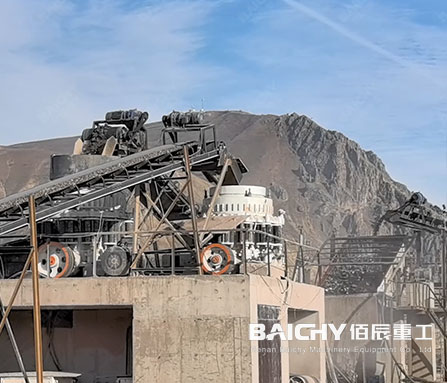
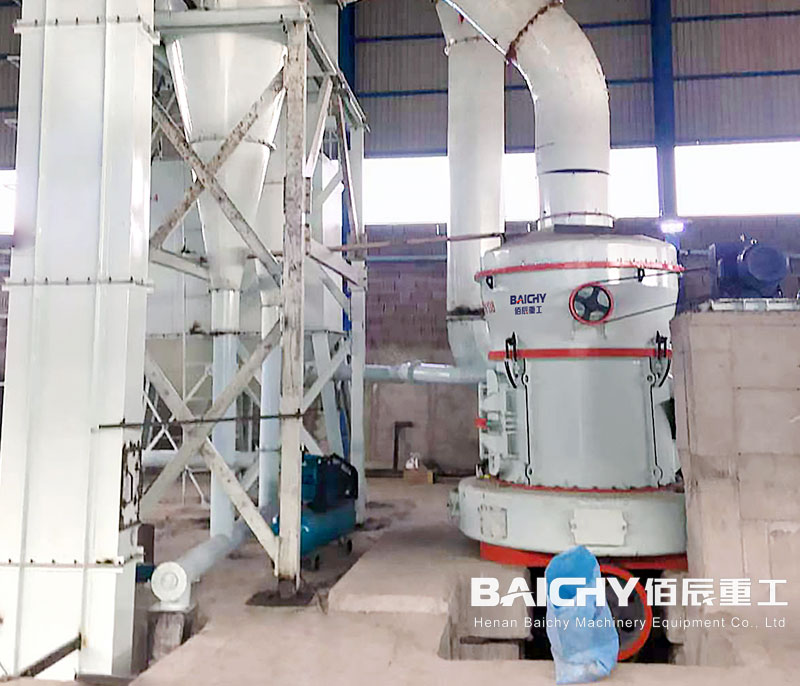














 86-15093113821
86-15093113821
 86-15093113821
86-15093113821

